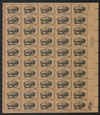
# 1392 - 1970 6c Wildlife Conservation
The Humane Society of the United States
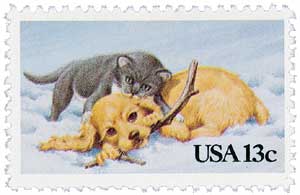
The Humane Society of the United States was established on November 22, 1954, in Wilmington, Delaware as the National Humane Society. It’s the largest animal protection organization in the world with over seven million members.
The Humane Society of the United States (HSUS) grew out of the International Humane Association, which was founded on October 9, 1877, in Cleveland, Ohio. That association was formed from the merging of 27 organizations around the country. They changed their name to the American Humane Association in 1878. During World War I, they rescued injured horses from battlefields. In 1940, they became the primary organization that oversees the humane treatment of animals on film and television sets. (They provide the trademark certification “No Animals Were Harmed,” that appears in the end credits.)

At the group’s 1954 annual meeting, tensions began to brew. Members were split on whether to fight legislation that would require shelters to turn over animals to be used for research. Those who opposed the legislation splintered off and formed the National Humane Society on November 22, 1954, with the goal of eliminating all forms of cruelty and injustice to animals. Their major concerns were how animals were treated in slaughterhouses and medical research laboratories as well as the rising over-breeding of pets.

When it was first founded, the HSUS only had a staff of four and three of them secured personal loans to cover the society’s expenses. They quickly produced a leaflet titled, “They Preach Cruelty,” which explained how the rising number of unwanted dogs and cats led to their mistreatment. They also began printing a bimonthly newsletter in 1955 to promote their activities. In 1957, the HSUS started creating state branches, and in 1960, local humane societies were permitted to become affiliated if they met certain standards.
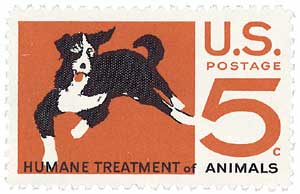
From its founding, the HSUS was committed to promoting legislation. In 1958, they helped get the Humane Methods of Slaughter Act passed, with help from Hubert Humphrey and Lyndon Johnson. Though they initially opposed it, meatpacking companies eventually discovered that the requirements of the new law lowered employee turnover and drove up profits.
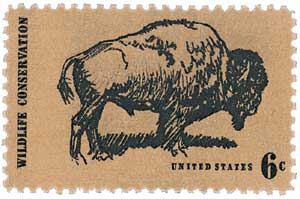
The HSUS conducted extensive research into the treatment of animals in scientific laboratories. Members went to labs and noted the conditions and discovered pets being stolen to sell to research groups. They brought the situation to the public’s attention with the book Animals in a Research Laboratory and a Life magazine cover story.

The public was outraged and flooded the White House with more requests for legislation than those for civil rights and the Vietnam War combined. These efforts paid off in 1966 with the passage of the Laboratory Animal Welfare Act. The act oversaw animal supplies and required laboratories to purchase their animals from licensed dealers. In later years, they promoted programs to end animal testing entirely where possible.
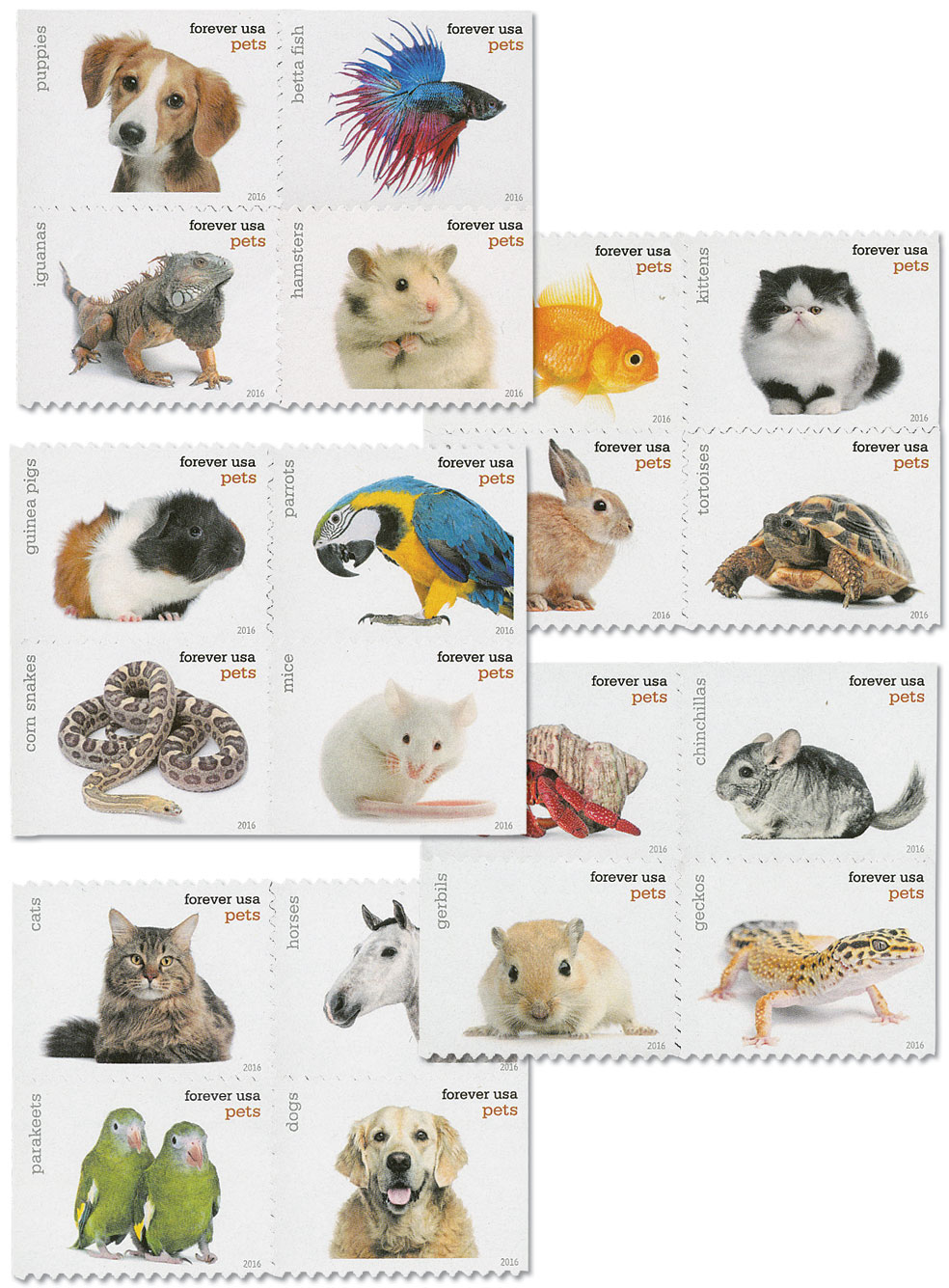
Soon after, the HSUS expanded its concerns to include wildlife. It promoted the 1967 Endangered Species Act, the 1971 Wild Free-Roaming Horse and Burro Act, the 1972 Horse Protection Act, and the 1972 Marine Mammal Protection Act. In 1973, they founded the National Association for the Advancement of Humane Education. They also developed a magazine and programs for teachers to spread animal compassion to schools.
Over the years, the HSUS has protected animals in rodeos, racing, zoos, and circuses. They also promoted legislation against dogfighting and cockfighting. And they developed disaster relief plans to rescue pets in the wake of natural or man-made disasters. The HSUS has also promoted the spaying and neutering of pets to prevent overcrowding and euthanized animals. They’ve fought against puppy mills and the use of animals for fashion. And they’ve launched awareness campaigns such as National Farms Animals Awareness Week, National Dog Bite Prevention Week, and National Animal Shelter Appreciation Week.
Today, the HSUS is headquartered in Washington, DC and is run by 528 employees and 1,520 volunteers.
The Humane Society of the United States

The Humane Society of the United States was established on November 22, 1954, in Wilmington, Delaware as the National Humane Society. It’s the largest animal protection organization in the world with over seven million members.
The Humane Society of the United States (HSUS) grew out of the International Humane Association, which was founded on October 9, 1877, in Cleveland, Ohio. That association was formed from the merging of 27 organizations around the country. They changed their name to the American Humane Association in 1878. During World War I, they rescued injured horses from battlefields. In 1940, they became the primary organization that oversees the humane treatment of animals on film and television sets. (They provide the trademark certification “No Animals Were Harmed,” that appears in the end credits.)

At the group’s 1954 annual meeting, tensions began to brew. Members were split on whether to fight legislation that would require shelters to turn over animals to be used for research. Those who opposed the legislation splintered off and formed the National Humane Society on November 22, 1954, with the goal of eliminating all forms of cruelty and injustice to animals. Their major concerns were how animals were treated in slaughterhouses and medical research laboratories as well as the rising over-breeding of pets.

When it was first founded, the HSUS only had a staff of four and three of them secured personal loans to cover the society’s expenses. They quickly produced a leaflet titled, “They Preach Cruelty,” which explained how the rising number of unwanted dogs and cats led to their mistreatment. They also began printing a bimonthly newsletter in 1955 to promote their activities. In 1957, the HSUS started creating state branches, and in 1960, local humane societies were permitted to become affiliated if they met certain standards.

From its founding, the HSUS was committed to promoting legislation. In 1958, they helped get the Humane Methods of Slaughter Act passed, with help from Hubert Humphrey and Lyndon Johnson. Though they initially opposed it, meatpacking companies eventually discovered that the requirements of the new law lowered employee turnover and drove up profits.

The HSUS conducted extensive research into the treatment of animals in scientific laboratories. Members went to labs and noted the conditions and discovered pets being stolen to sell to research groups. They brought the situation to the public’s attention with the book Animals in a Research Laboratory and a Life magazine cover story.

The public was outraged and flooded the White House with more requests for legislation than those for civil rights and the Vietnam War combined. These efforts paid off in 1966 with the passage of the Laboratory Animal Welfare Act. The act oversaw animal supplies and required laboratories to purchase their animals from licensed dealers. In later years, they promoted programs to end animal testing entirely where possible.

Soon after, the HSUS expanded its concerns to include wildlife. It promoted the 1967 Endangered Species Act, the 1971 Wild Free-Roaming Horse and Burro Act, the 1972 Horse Protection Act, and the 1972 Marine Mammal Protection Act. In 1973, they founded the National Association for the Advancement of Humane Education. They also developed a magazine and programs for teachers to spread animal compassion to schools.
Over the years, the HSUS has protected animals in rodeos, racing, zoos, and circuses. They also promoted legislation against dogfighting and cockfighting. And they developed disaster relief plans to rescue pets in the wake of natural or man-made disasters. The HSUS has also promoted the spaying and neutering of pets to prevent overcrowding and euthanized animals. They’ve fought against puppy mills and the use of animals for fashion. And they’ve launched awareness campaigns such as National Farms Animals Awareness Week, National Dog Bite Prevention Week, and National Animal Shelter Appreciation Week.
Today, the HSUS is headquartered in Washington, DC and is run by 528 employees and 1,520 volunteers.








